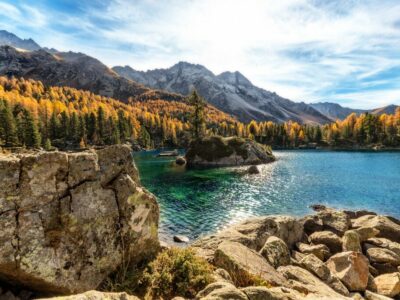
Switzerland has two high seasons. Winter (December to March) offers some of Europe's finest Alpine snow sports. Summer (June to August) offers the best hiking opportunities and the country's liveliest festivals, such as Europe's biggest celebration of jazz, the Montreux Jazz Festival. Meanwhile, the low seasons of spring and fall let you see popular sights like the iconic Matterhorn without the huge crowds.
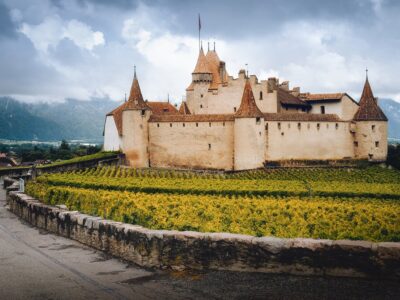
September is the start of fall in Switzerland and the beginning of the low season for tourism. But with still-summery weather in many places, great conditions for outdoor activities, the grape harvest for winemaking, and lighter tourist crowds, September is a great month to visit Switzerland. Find out where to go and what to do in Switzerland in September.
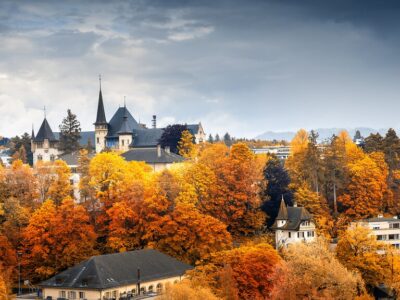
October is fall in Switzerland and the low season for travel, between the peaks of summer and winter. The weather may be pleasant and sunny or damp and dull, so it makes sense to base yourself in one of Switzerland's beautiful cities if you're visiting in October. Read on for more about traveling to Switzerland in October.
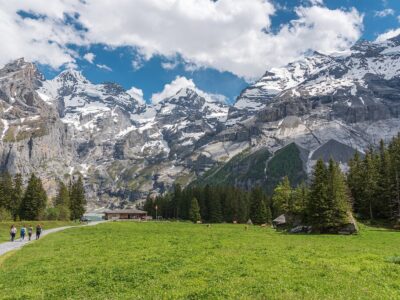
Along with winter, summer is the peak season for travel to Switzerland, and for many good reasons: the weather is mild or warm, the mountain hiking trails are open, and cities hold lively festivals . There are also, however, many other travelers around. Find out more about where to go and what to see if you visit Switzerland in June.
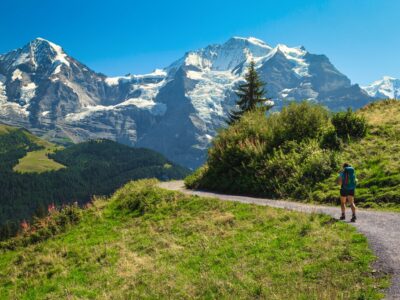
From snowy peaks and alpine meadows to vineyard-carpeted valleys, Switzerland's stunning scenery makes for some of Europe's best hiking. If you have only one day to spare for a walk here, these eight day hikes are all easily accessible and take you out into the middle of the most exceptional landscapes the country can offer.
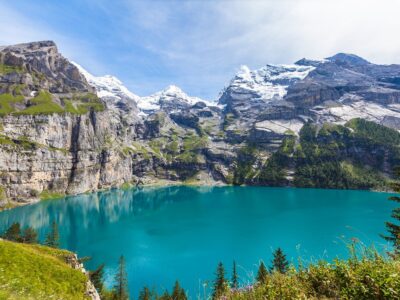
Small enough to traverse end-to-end in a few hours and with excellent public transport, Switzerland can be explored in as little as three days, specifically if you stick to one or two key regions. A five to seven-day trip will let you see a broader mix of city and countryside attractions. And with 10 or 14 days, you will be able to get properly off the beaten track if you choose. Read on for itinerary options that will show you the very best of this small country.
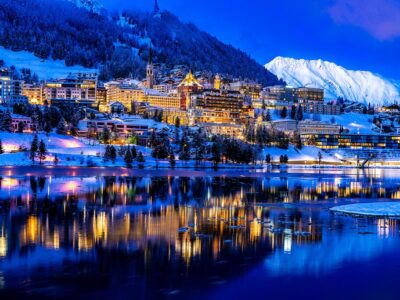
Snow starts to fall in earnest in Switzerland in December, and with it are the tourists that flock to the mountain ski resorts. There are also charming markets held in various cities in the lead-up to Christmas. Whether you're interested in outdoor or city attractions, December's a great time to visit Switzerland. Read on to learn more.
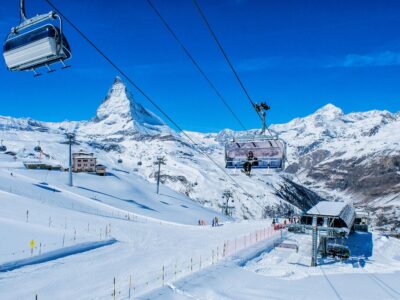
February is mid-winter in Switzerland, and along with January, the snow conditions are at their best for winter sports in the Alps. Later in the month, Carnival provides color and good cheer at lower elevations, especially in the cities of Basel and Lucerne. Find out more about traveling to Switzerland in February.
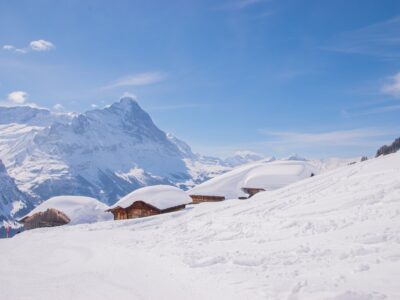
January is mid-winter in Switzerland, so that means it's peak season as visitors flock to the ski fields in the Alps. Conditions at higher altitudes are mostly snowy, but towns and cities lower down will be cold though not necessarily frozen. Read on to discover more about traveling to Switzerland in January.
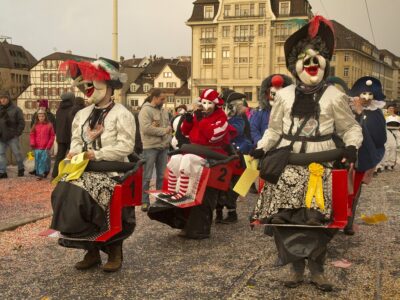
March is on the boundary between late winter and early spring in Switzerland: in higher-altitude areas, this is still peak snow sports season, while at lower altitudes, the first buds of spring are pushing through. Find out where to go and what to do in Switzerland in March.
